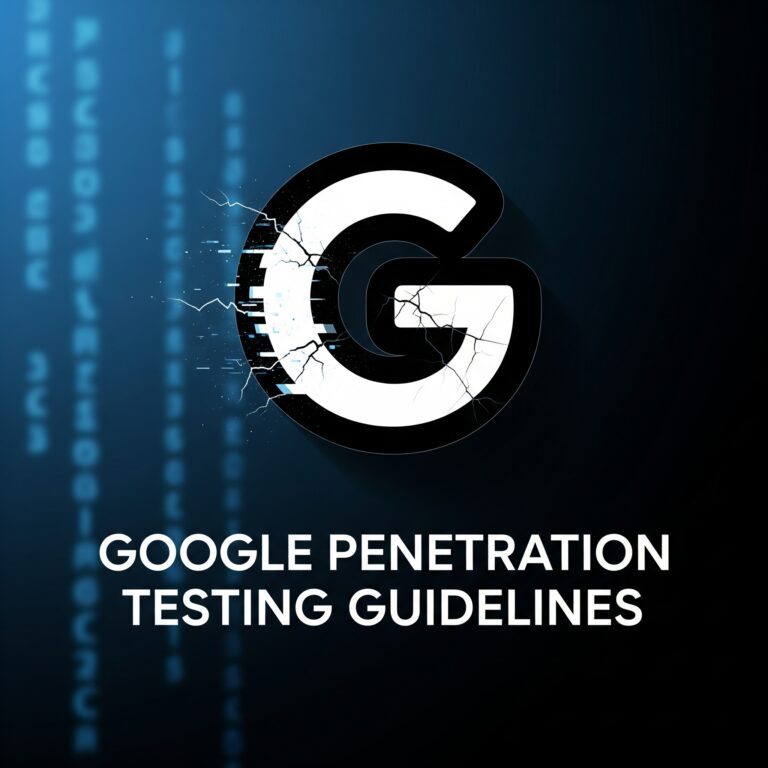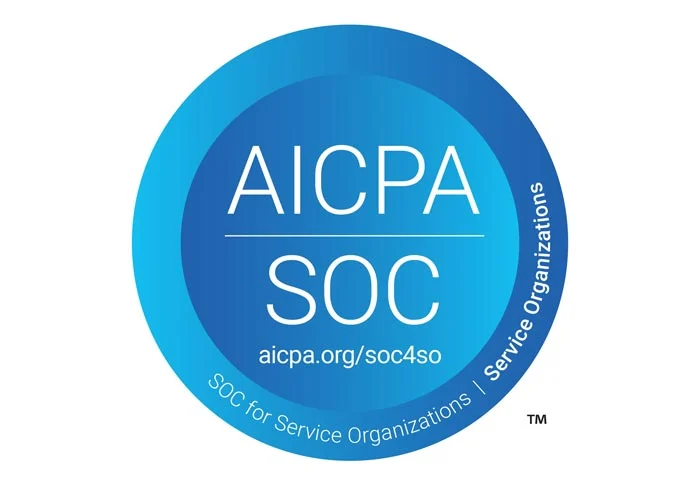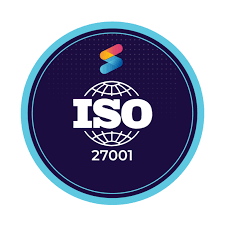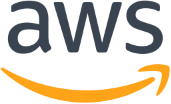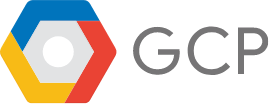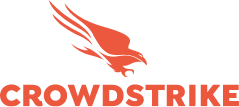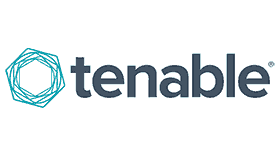Organizations seeking to comply with SOC 2, ISO 27001, HIPAA, etc must undergo a rigorous process of implementing and maintaining security controls. Traditionally, this process has been managed using spreadsheets, but modern Governance, Risk Management, and Compliance (GRC) platforms offer advanced features like automatic evidence collection and continuous monitoring. This document compares these two approaches.
1. Process Management
Spreadsheets
- Manual Tracking: Spreadsheets require manual entry and updating, which can be time-consuming and prone to human error.
- Limited Collaboration: Sharing and collaborating through spreadsheets, especially in larger teams, can be cumbersome.
- Simple Customization: They can be easily customized but might not scale well with growing compliance needs.
Modern GRC Platforms
- Automated Workflows: GRC platforms automate many processes, reducing manual workload and the chance of errors.
- Enhanced Collaboration: These platforms typically include features for team collaboration, audit trails, and role-based access control.
- Scalability: They are designed to scale with the organization, accommodating new controls and changes in compliance requirements.
2. Evidence Collection and Management
Spreadsheets
- Manual Collection: Evidence must be manually collected and organized, which can be inefficient and error-prone.
- Static Documentation: Spreadsheets do not support real-time updates or integrate with other systems for live data feeds.
Modern GRC Platforms
- Automatic Evidence Collection: GRC platforms can automatically collect and update evidence, significantly reducing manual effort.
- Dynamic Integration: They can integrate with various data sources for real-time monitoring and updates.
3. Monitoring and Reporting
Spreadsheets
- Manual Monitoring: Continuous monitoring requires manual effort, making it difficult to track changes and updates in real-time.
- Basic Reporting: While spreadsheets can be used for reporting, they often lack dynamic capabilities and require manual compilation.
Modern GRC Platforms
- Continuous Monitoring: These platforms offer real-time monitoring of compliance status and security controls.
- Advanced Reporting: They provide sophisticated reporting tools, dashboards, and analytics for deeper insights into compliance status.
4. Scalability and Flexibility
Spreadsheets
- Limited Scalability: As the organization grows, managing compliance through spreadsheets becomes increasingly unwieldy.
- Flexibility: Customizable but may require significant effort to adapt to new requirements.
Modern GRC Platforms
- Highly Scalable: Designed to accommodate growth and change, making them ideal for organizations expecting to expand or evolve.
- Flexible Integration: Can be integrated with other systems and updated to meet new compliance challenges.
5. Security and Reliability
Spreadsheets
- Security Concerns: Spreadsheets are prone to security risks, such as unauthorized access or data leakage.
- Reliability Issues: Prone to human error and data corruption.
Modern GRC Platforms
- Enhanced Security: They often include robust security measures to protect sensitive compliance data.
- Greater Reliability: Reduced risk of errors and data loss, with backup and recovery options.
6. Return on Investment (ROI): Long-Term Savings and Efficiency
Spreadsheets
- Initial Low Cost: Spreadsheets are generally low in cost initially but can become more expensive in the long run due to manual processing needs.
- Increased Manpower Costs: Over time, the manual effort required to manage, update, and verify data in spreadsheets can lead to significant labor costs.
- Error-Related Costs: Manual processing is prone to errors, leading to potential compliance risks and associated costs.
Modern GRC Platforms
- Higher Initial Investment: GRC platforms typically require a higher upfront investment compared to spreadsheets.
- Long-Term Cost Savings: Automation reduces the need for extensive manual labor, leading to significant cost savings over time.
- Efficiency and Accuracy: Automated systems reduce the risk of human error, potentially avoiding costly compliance mistakes.
- Scalability Savings: As the organization grows, the scalable nature of GRC platforms means they can adapt without the exponential increase in costs associated with manual processes.
- Reduced Audit Costs: Utilizing GRC platforms can significantly reduce the costs associated with compliance audits, such as SOC 2 or ISO 27001. In some cases, the cost savings can be over 50%, due to the streamlined, organized, and automated nature of evidence collection and management.
Calculating ROI
- Cost-Benefit Analysis: Organizations should conduct a thorough cost-benefit analysis, considering both direct and indirect costs (such as time spent on manual processing and potential non-compliance penalties) versus the investment in a GRC platform.
- Long-Term Perspective: The ROI should be calculated with a long-term perspective, taking into account the efficiencies gained and risks mitigated over time.
Prodigy 13’s Value Addition
- Expert Implementation: Prodigy 13’s expertise in GRC platform integration can further enhance ROI by ensuring that the platform is optimally utilized and tailored to the organization’s specific needs.
Prodigy 13’s Approach to GRC Platform Integration
At Prodigy 13, we have partnered with leading GRC platform vendors to offer a comprehensive service that includes provisioning, integrating, and managing the GRC platform on behalf of our clients. Our services can be fully managed or co-managed alongside our clients, depending on their preferences. Our approach to recommending a GRC platform is tailored to the unique requirements of each client, taking into account their current security and privacy posture, regulatory and contractual obligations, size of the organization, and existing infrastructure and corporate applications environment. This bespoke service ensures that each organization receives a solution that is optimally aligned with its specific needs and challenges.
Conclusion
While spreadsheets are a familiar tool and offer simplicity and basic customization, modern GRC platforms provide a more efficient, scalable, and secure approach to managing ISO 27001 compliance. The automation, real-time monitoring, and advanced reporting capabilities of GRC platforms make them a preferable choice for organizations seeking a robust and dynamic compliance management solution. Prodigy 13’s expertise and tailored approach in integrating these platforms further enhance the effectiveness and efficiency of managing compliance processes.
Moreover, when considering the long-term ROI, modern GRC platforms offer substantial cost savings and efficiency gains compared to traditional spreadsheet-based methods. The initial investment in these platforms is offset by the reduction in manual labor, increased accuracy, and the mitigation of compliance risks.

